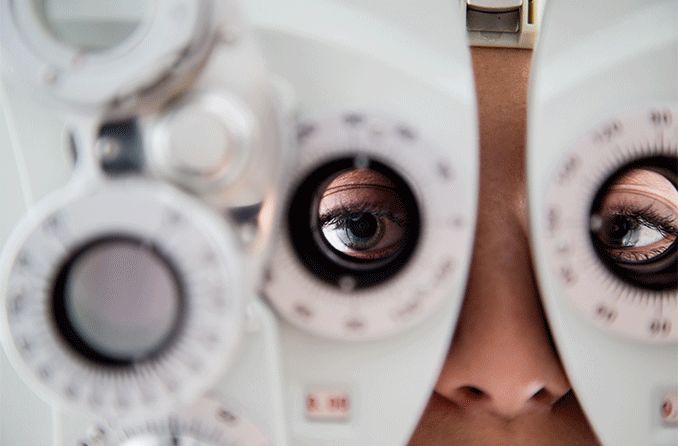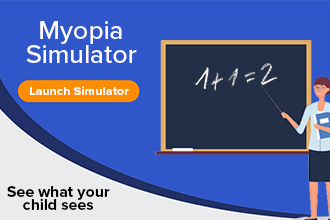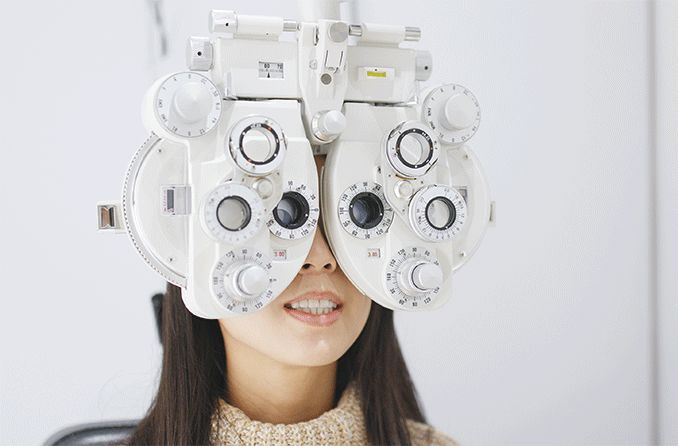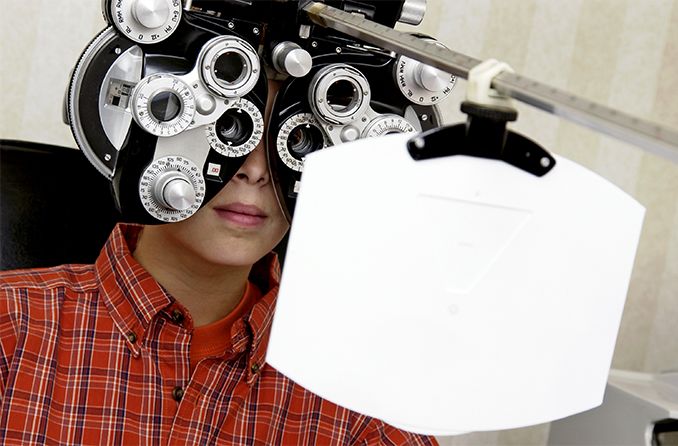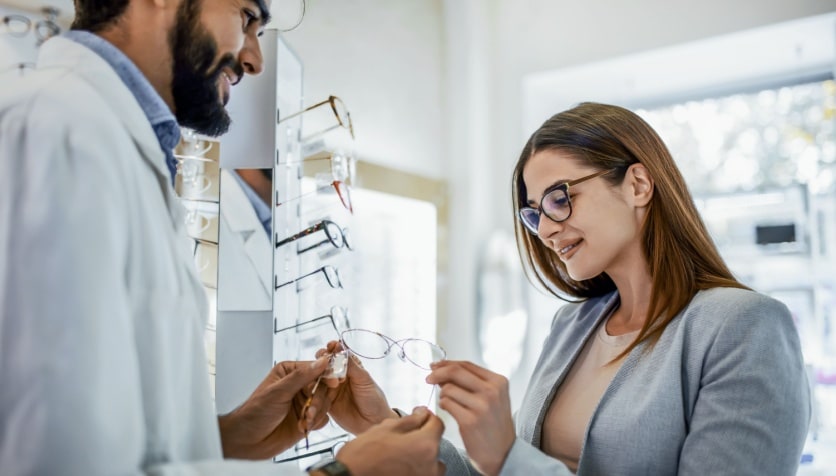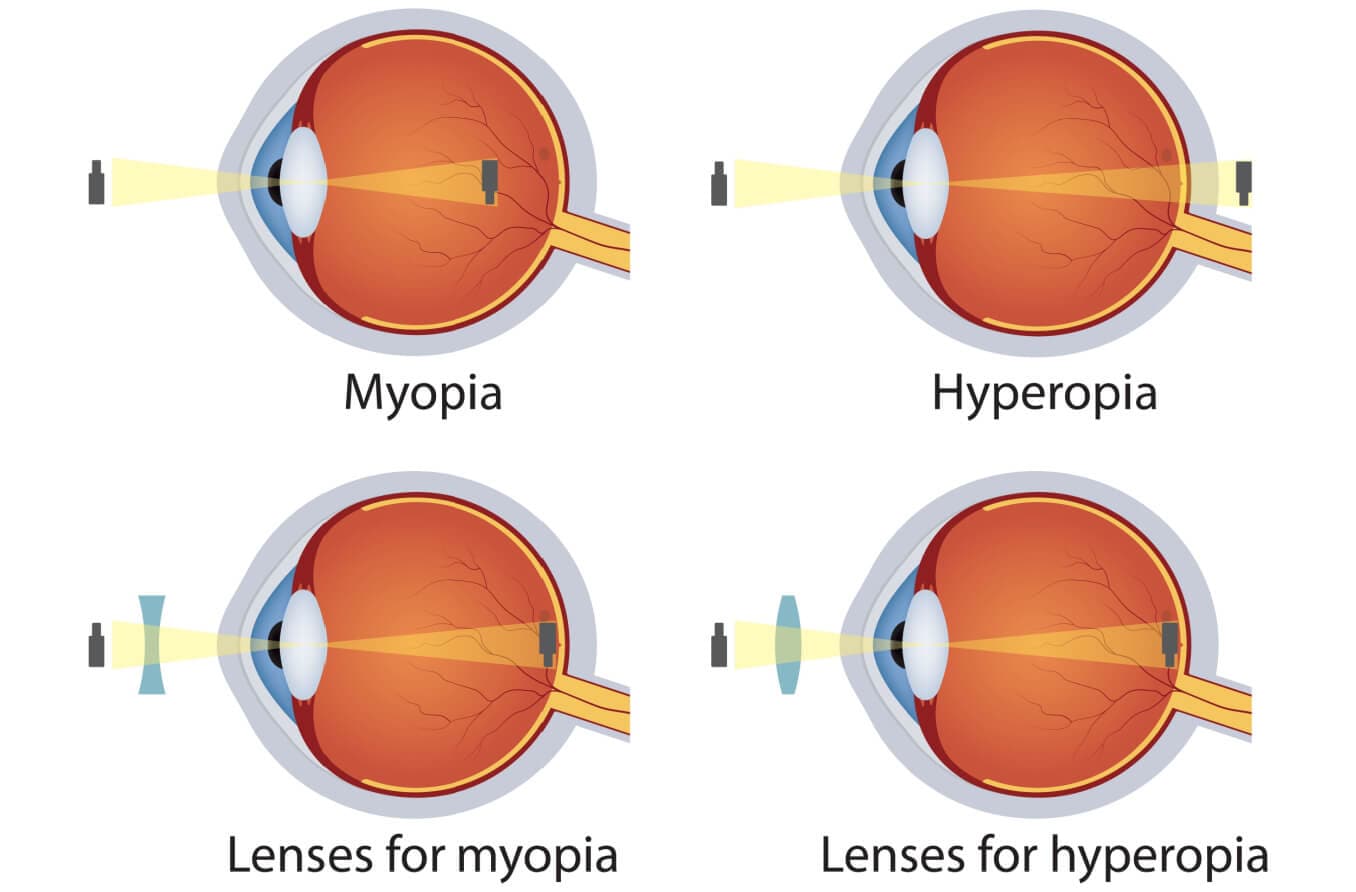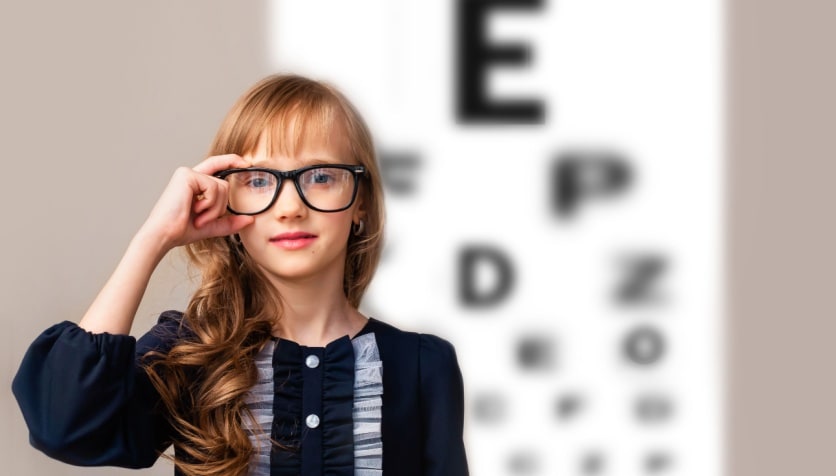What is progressive myopia?
Progressive myopia is nearsightedness that worsens year after year in childhood. If myopia progresses enough, it can become high myopia, which is severe nearsightedness. High myopia increases a child's risk of developing several sight-threatening complications in adulthood.
Myopia progression usually occurs during childhood and adolescence. However, it can also continue into early adulthood.
Nearsightedness is often caused by the eyeballs growing a little too long from front to back. In some people, this growth continues, so the myopia continues to get worse.
It isn’t fully understood why only some nearsighted children develop progressive myopia. But evidence points to clear links between myopia development , time spent outdoors and near-work activities.
LEARN MORE: Is myopia genetic?
Spending too little time outdoors can increase children's risk for myopia. Spending too much time on near work can also be a factor.
Vision experts recommend these simple steps to help reduce children's risk for myopia onset or progression:
Ensure children spend 90 minutes per day outdoors in sunlight.
Encourage children to take frequent breaks during near work.
Limit children's digital screen use outside of school work.
Remind children not to hold their books and digital devices too close to their eyes.
Progressive myopia is a growing problem. In 2015, Holden and colleagues estimated that 2.8% of the population had high myopia. By 2050, they believe that figure will rise to nearly 10% — quadrupling in only 35 years.
SEE RELATED: Is your child at risk for myopia?
